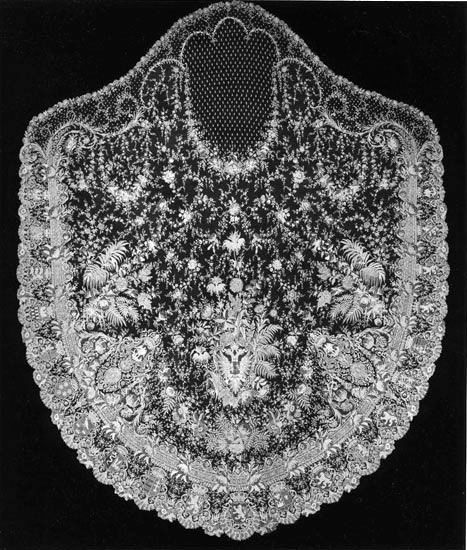All Hegel quotes that follow are from Philosophy of Right. See →.
In a strange argumentative turn, Hegel deduces the prohibition of incest from the very fact that “marriage results from the free surrender by both sexes of their personality—a personality in every possible way unique in each of the parties”: “Consequently, it ought not to be entered by two people identical in stock who are already acquainted and perfectly known to one another; for individuals in the same circle of relationship have no special personality of their own in contrast with that of others in the same circle. On the contrary, the parties should be drawn from separate families and their personalities should be different in origin.”
I rely here on Jure Simoniti, “Vrtnica bi pod drugim imenom disala drugace,” Problemi 1-2/2010 (in Slovene).
Edward W. Said, “Così fan tutte,” Lettre international 39 (Winter 1997): 69–70.
I borrow this formula of love as the “accessible transcendence” from Alenka Zupančič, to whom this whole passage is deeply indebted.
Allen Speight, Hegel, Literature and the Problem of Agency(Cambridge: Cambridge University Press, 2001), 91-92.
Jean-Jacques Rousseau, Julie, ou La Nouvelle Héloïse (Paris: Le Livre de Poche, 2002), 757.
Quoted in Robert Darnton, The Great Cat Massacre and Other Episodes from the French Cultural History (New York: Basic Books 1999), 286.
